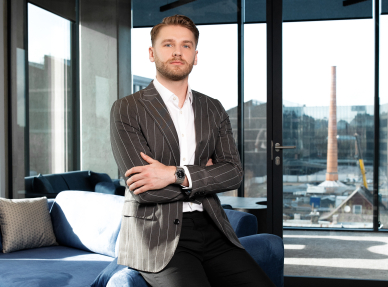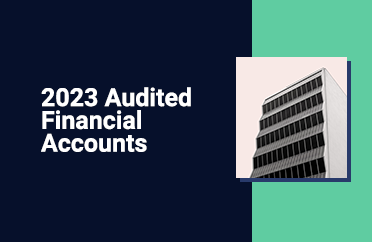This article was published on delfi.lt
Gustas Germanavičius, founder of the crowdfunding platform InRento, says that there are two main types of investors - those who spend the interest earned and those who reinvest it. How do their results differ?
Reinvestment is important for higher returns
G. Germanavičius gave a hypothetical example of two investors who invested 100,000 each at an annual return of 8%. They receive monthly interest payments of EUR 667.
The investor who reinvests the interest received will have increased the value of their investment by over EUR 108 000 in one year and EUR 127 000 in three years. The monthly interest payments will amount to EUR 847.
After five years, the value of the investment will have risen to almost EUR 149 000 and the monthly interest will be EUR 993.
Meanwhile, the value of the investment will remain the same after five years, at EUR 100 000, for an investor who spends the interest received.
This means that over a five-year period, in this case with a relatively low return of 8%, a successful reinvestment can increase the value of your investment by almost 50%. Of course, it is important to bear in mind that investing may, in certain cases, be subject to taxes which may affect the final value of the investment.
"When you reinvest interest, it starts to 'earn' new interest, so the amount of capital invested can increase significantly over a longer period of time. Whether investing in crowdfunding platforms or listed shares, the longer you reinvest, the higher the return you can earn," says the founder of InRento.
He stresses that while reinvesting your profits in order to earn more in the long-term, you should focus on relitively safe asset classes with stable annual returns.
Diversification is not the only "right strategy"
This month, InRento surpassed 20,000 registered investors, of which on average about half are foreigners. The majority of these investors are from Central and Western European countries.
G. Germanavičius says that he notices some differences between Lithuanian and foreign investors.
"Foreigners, especially Germans, tend to invest smaller amounts, but in a disciplined way - a similar amount each month. They are also more likely to invest in several different projects. Lithuanians are less likely to be so disciplined - they are more likely to invest larger amounts, but less regularly", he says.
Lithuanian investors are quite selective, he says, often investing a large amount in a chosen project only once a quarter. Although there are some Lithuanian investors who invest in different projects on a monthly basis.
Which is better - investing a large amount in a selected project or spreading it out and investing periodically?
G. Germanavičius stresses that diversification of capital - both by investing in different projects and by spreading the frequency of investments - is a key strategy to reduce the risk of losses. However, this is not the only right way.
"Diversification is the best strategy for an investor who is relatively less deeply involved in investing and wants to protect his funds as much as possible. However, professional investors who spend a lot of time on analysis can often invest a large amount in one project at a time, which is not only well-measured, but also pays off," says Germanavičius.




